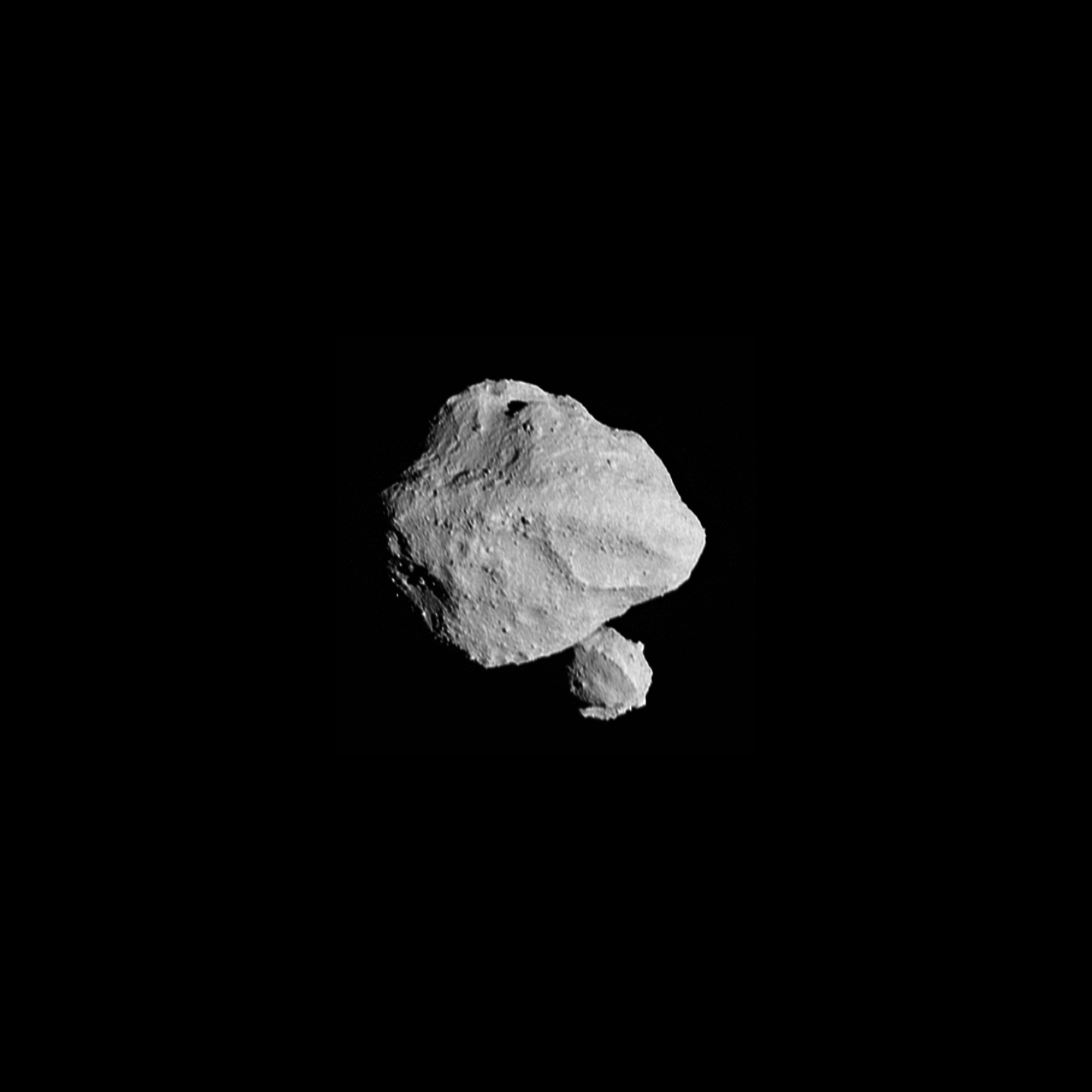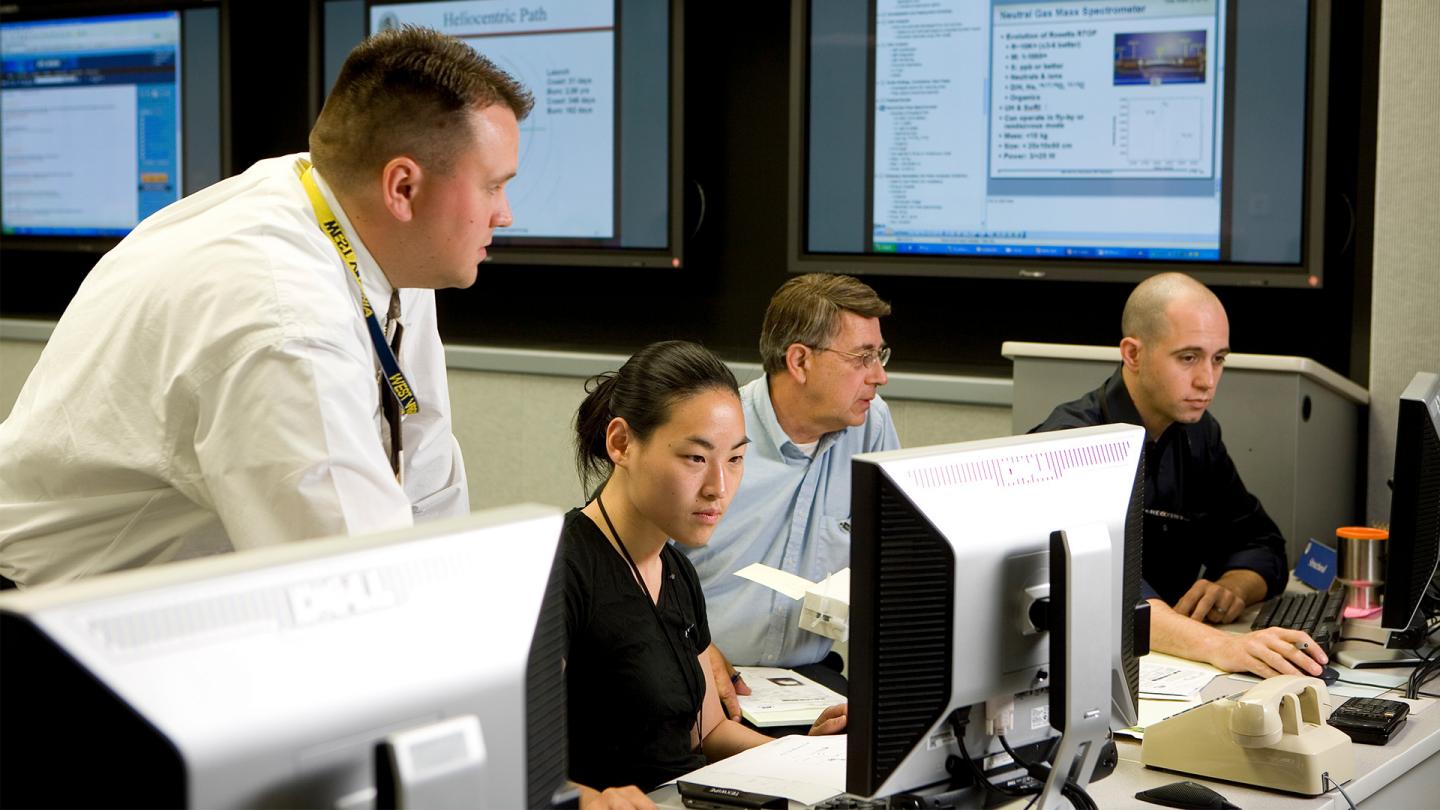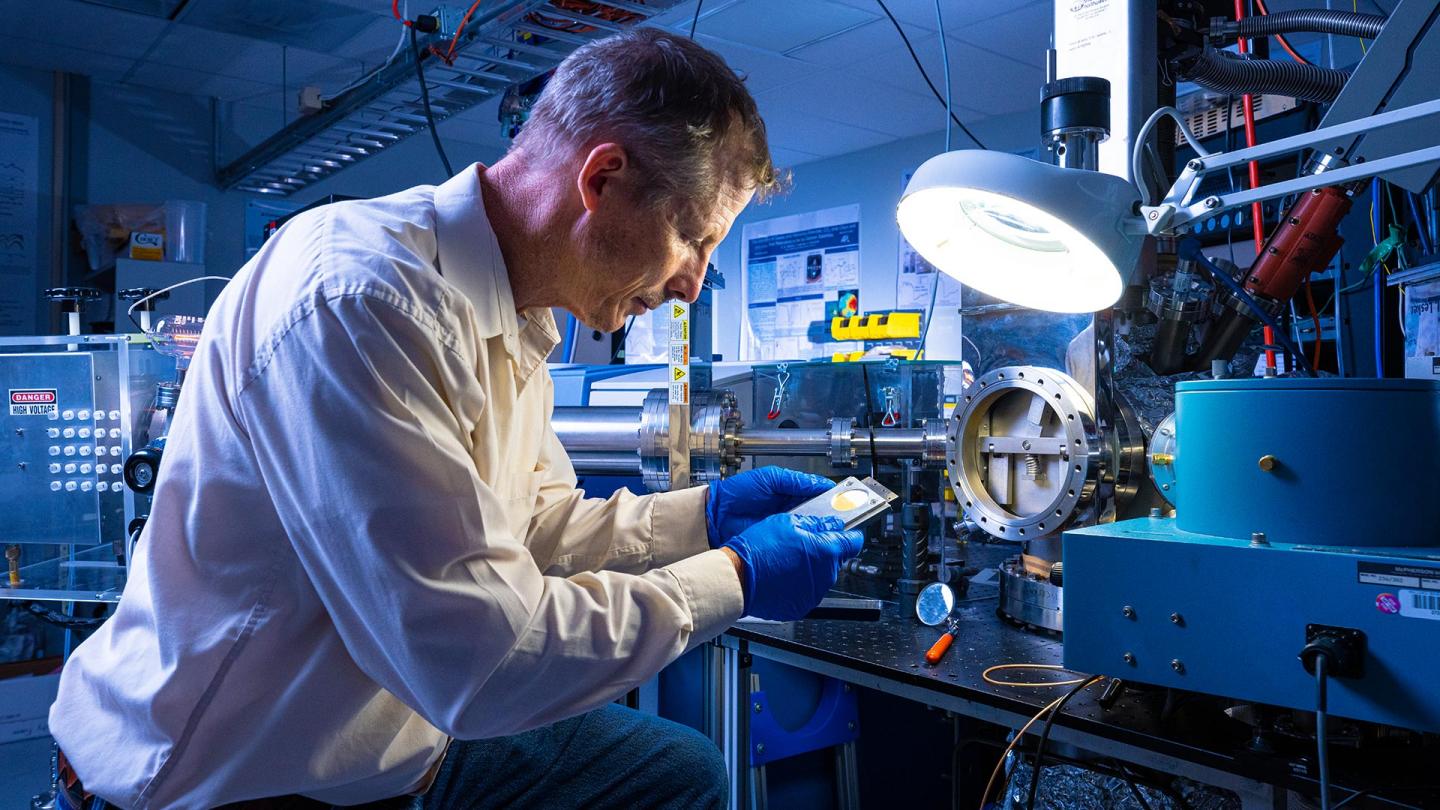Capabilities, Facilities and Methodology
APL is recognized as a leader in mission design and navigation; instrument development; mechanical engineering; mechanical design, thermal, and instrument accommodation; communications hardware; electrical subsystems and power; precision timekeeping devices, mission operations, and scientific research. Our facilities are essential to support our spaceflight build process and scientific discoveries.
APL operates with an AS9100C certified quality management system. That certification is specific to the Laboratory's spaceflight program management, systems engineering, design, development, production, integration, test and operation processes. APL maintains an impressive record of delivering high-quality space systems on time and on budget.
See Our Labs and Facilities
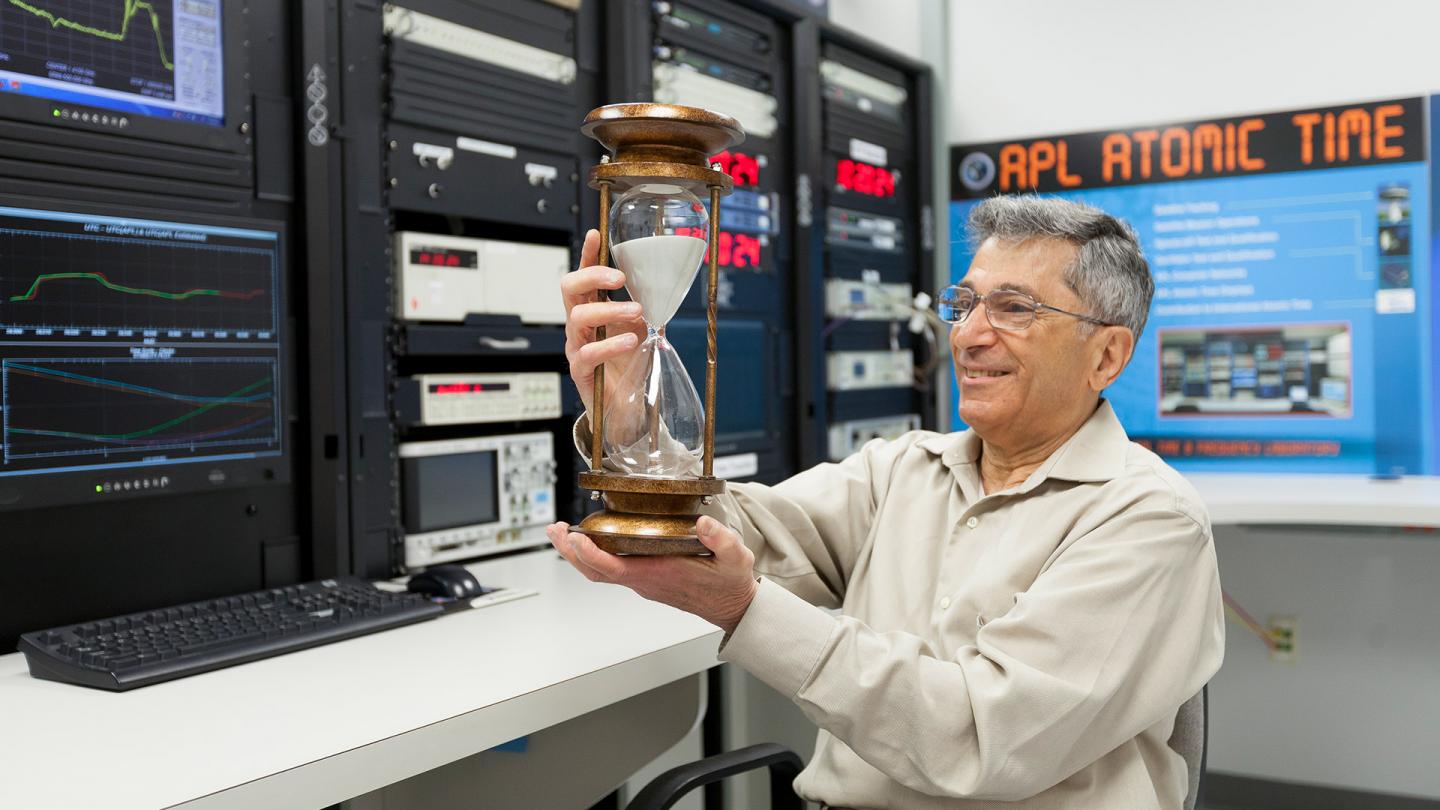
APL Time and Frequency Lab
Atomic clocks in the Time and Frequency Lab support NASA and APL space missions.
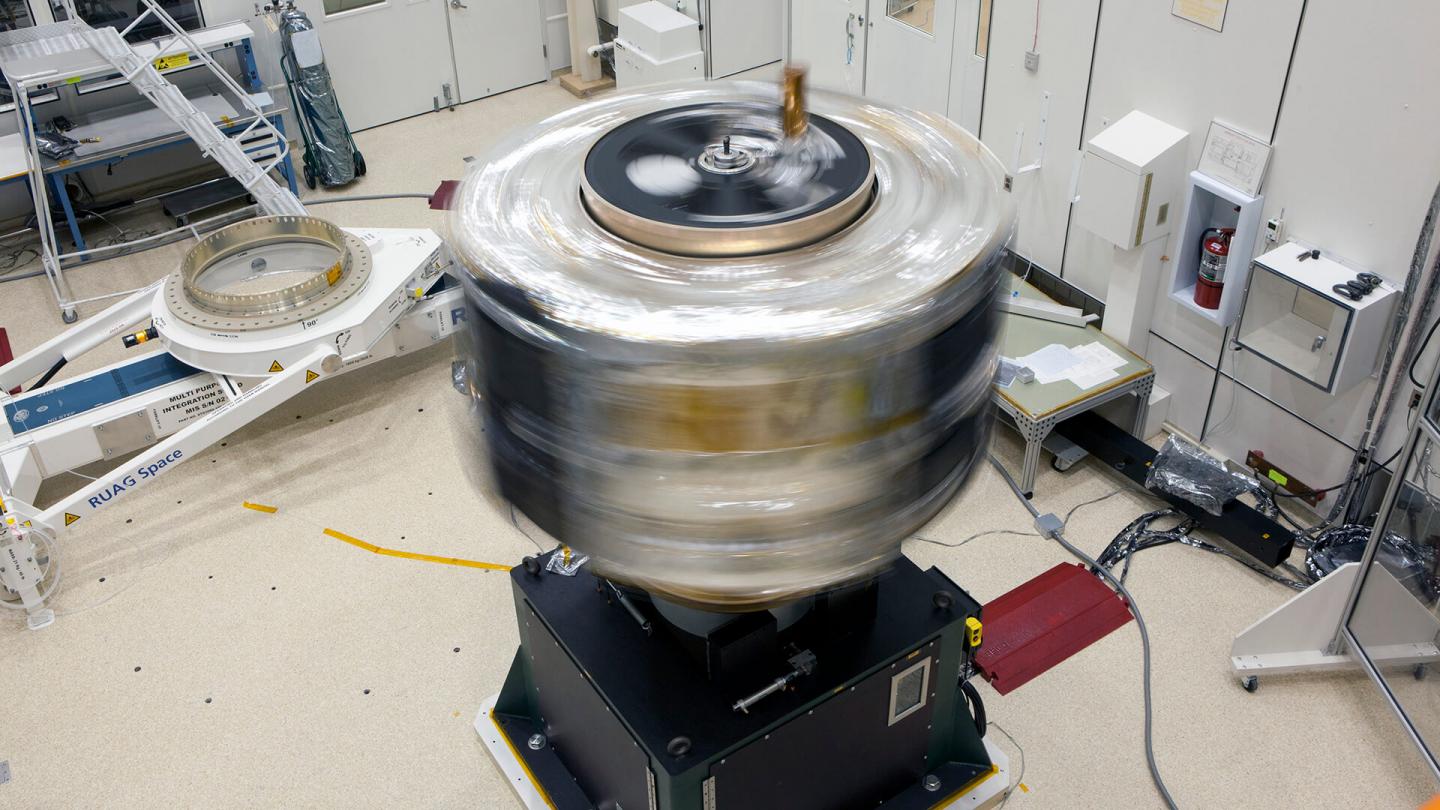
Environmental Test Facility
A facility that hosts a range of equipment to prepare flight hardware for the extreme conditions of launch and outer space.
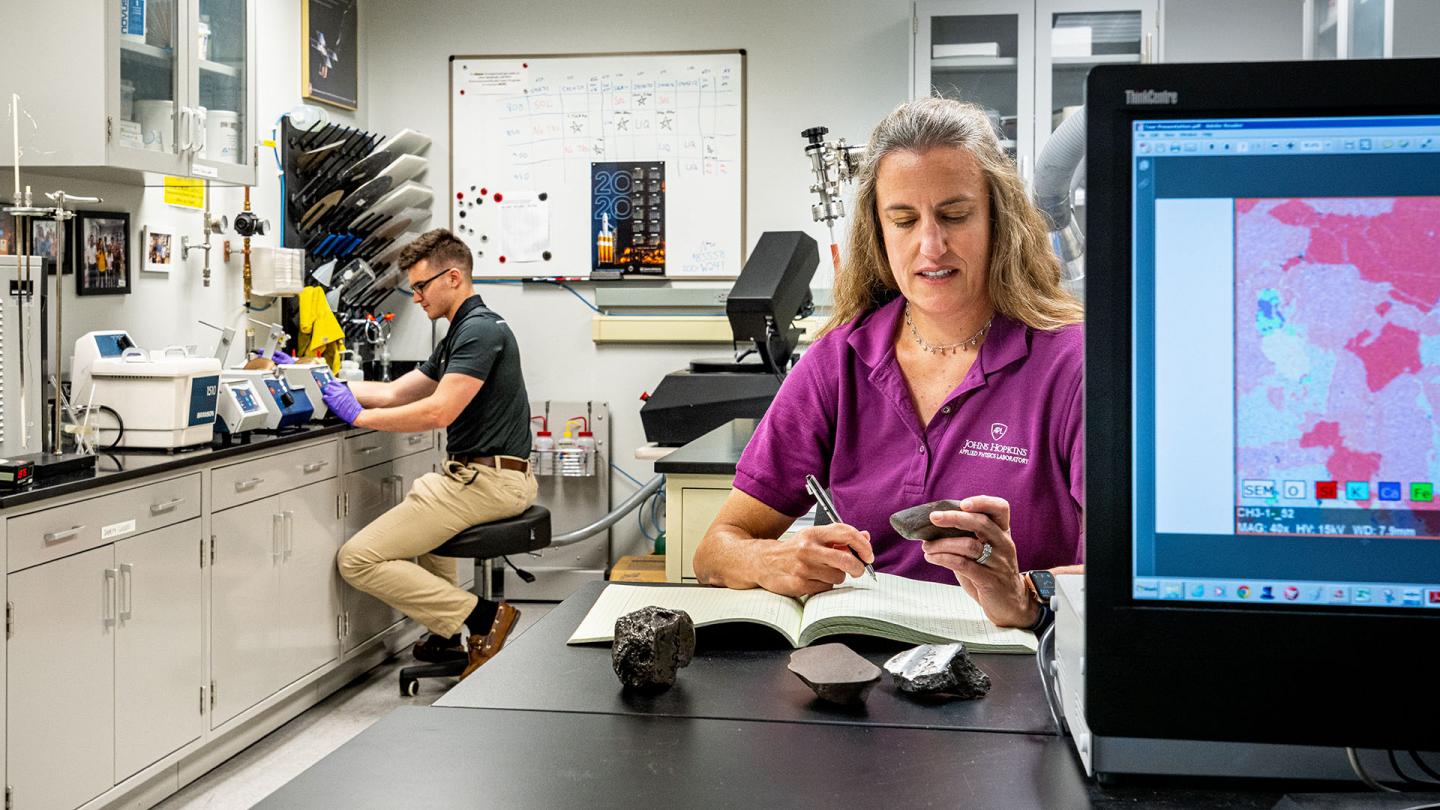
Meteorite Lab
A facility equipped to investigate meteorites and geochemical processes in our solar system.
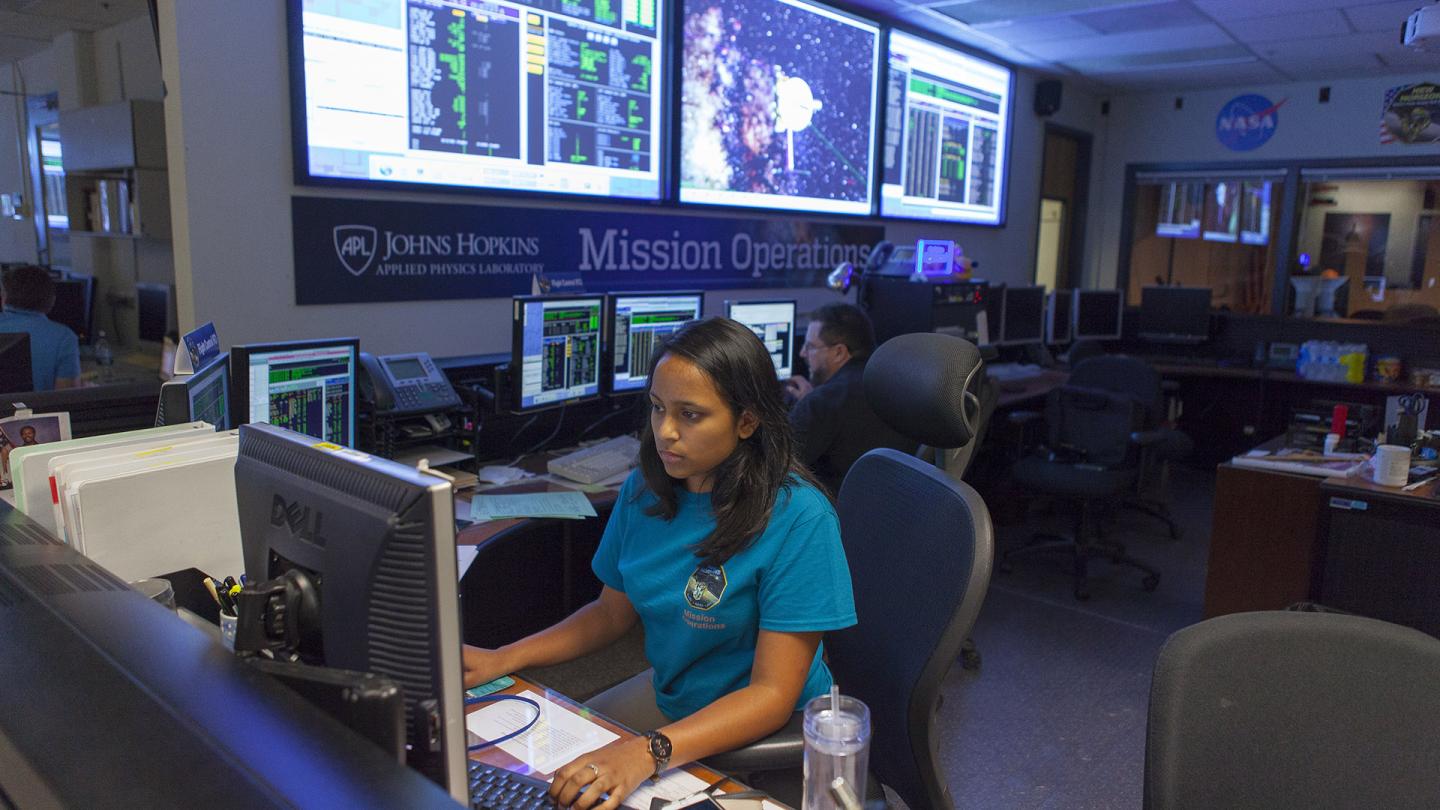
Multimission Operations Center
Centers to serve as "command central" for APL spacecraft flying across the solar system.
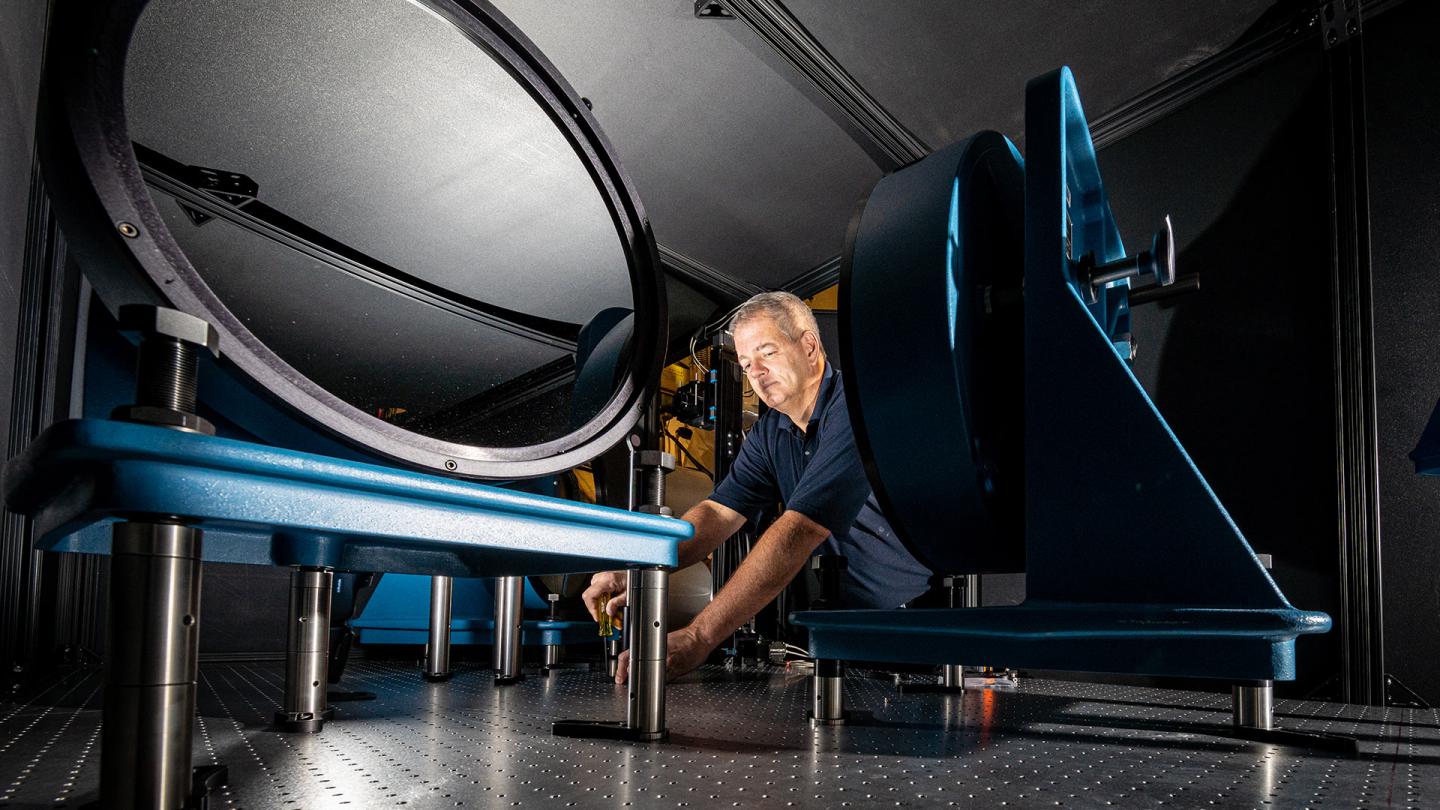
Optical Calibration Facility
A facility that acts as a proving ground for optical instrumentation for spaceflight.
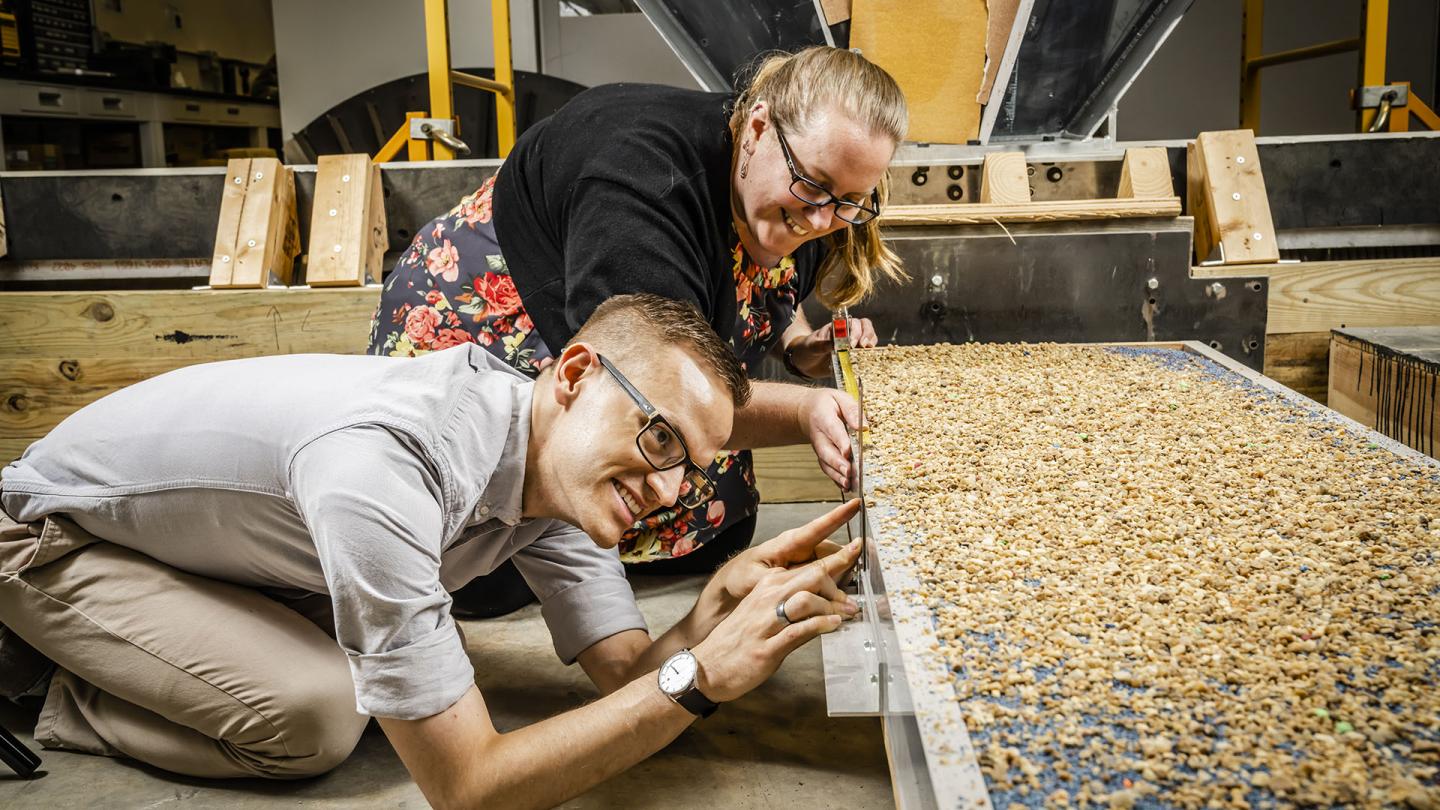
Planetary Impact Lab
A laboratory to investigate the nature of impacts on bodies across the solar system.
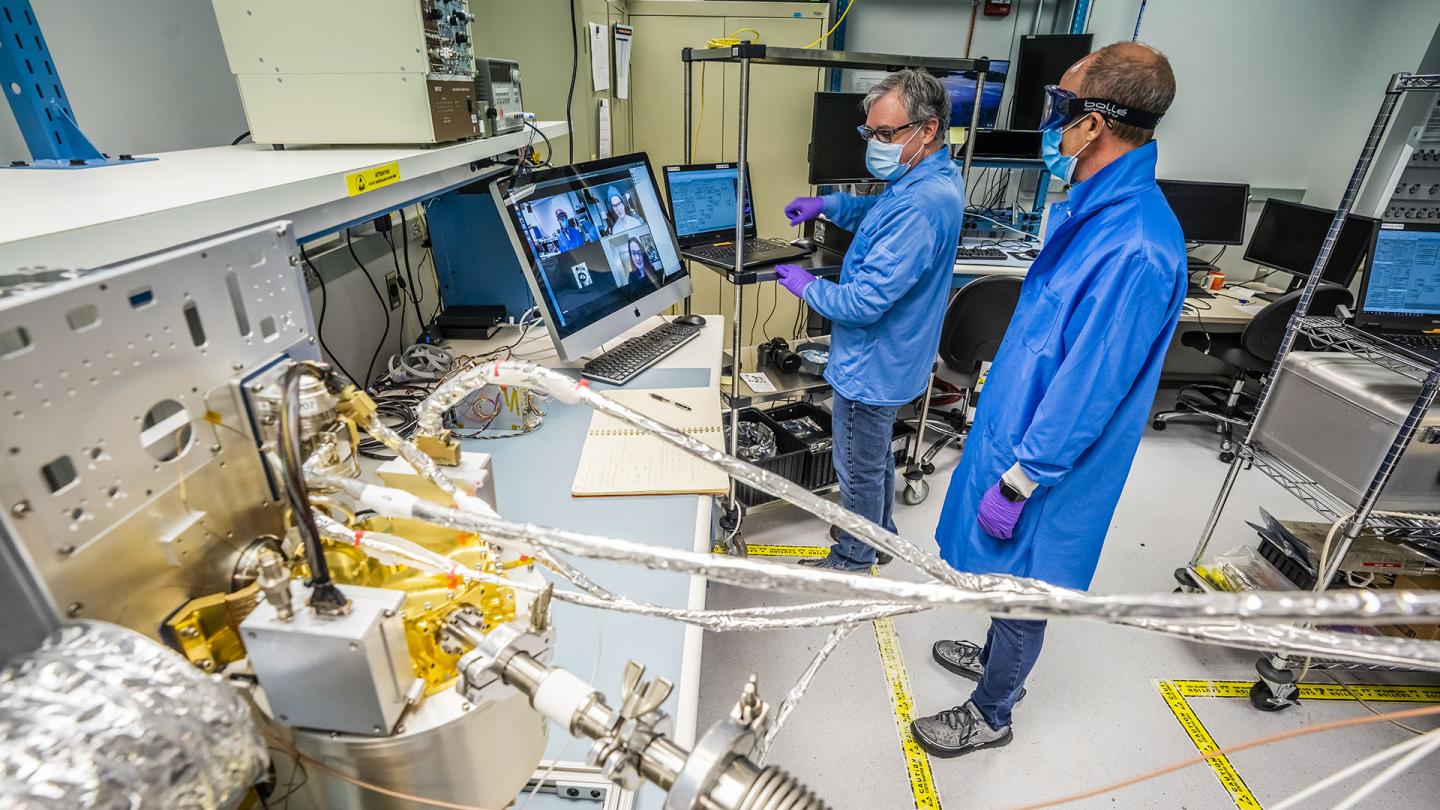
Planetary Nuclear Spectroscopy Laboratory
A facility to design, develop and test gamma-ray and neutron sensors.
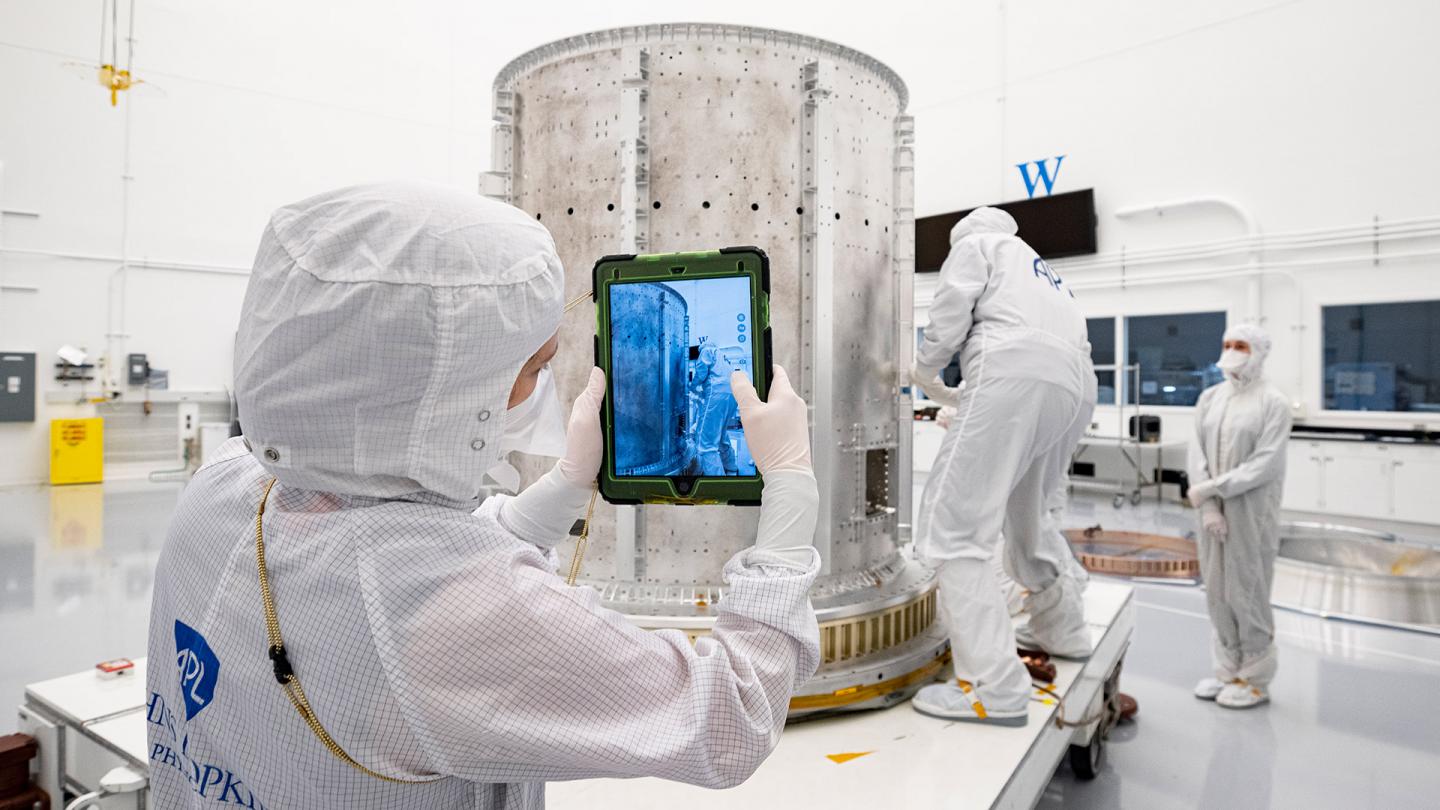
Planetary Protection Laboratory
A team that ensures a mission's flight hardware is clear of microbes or other biological "hitchhikers."
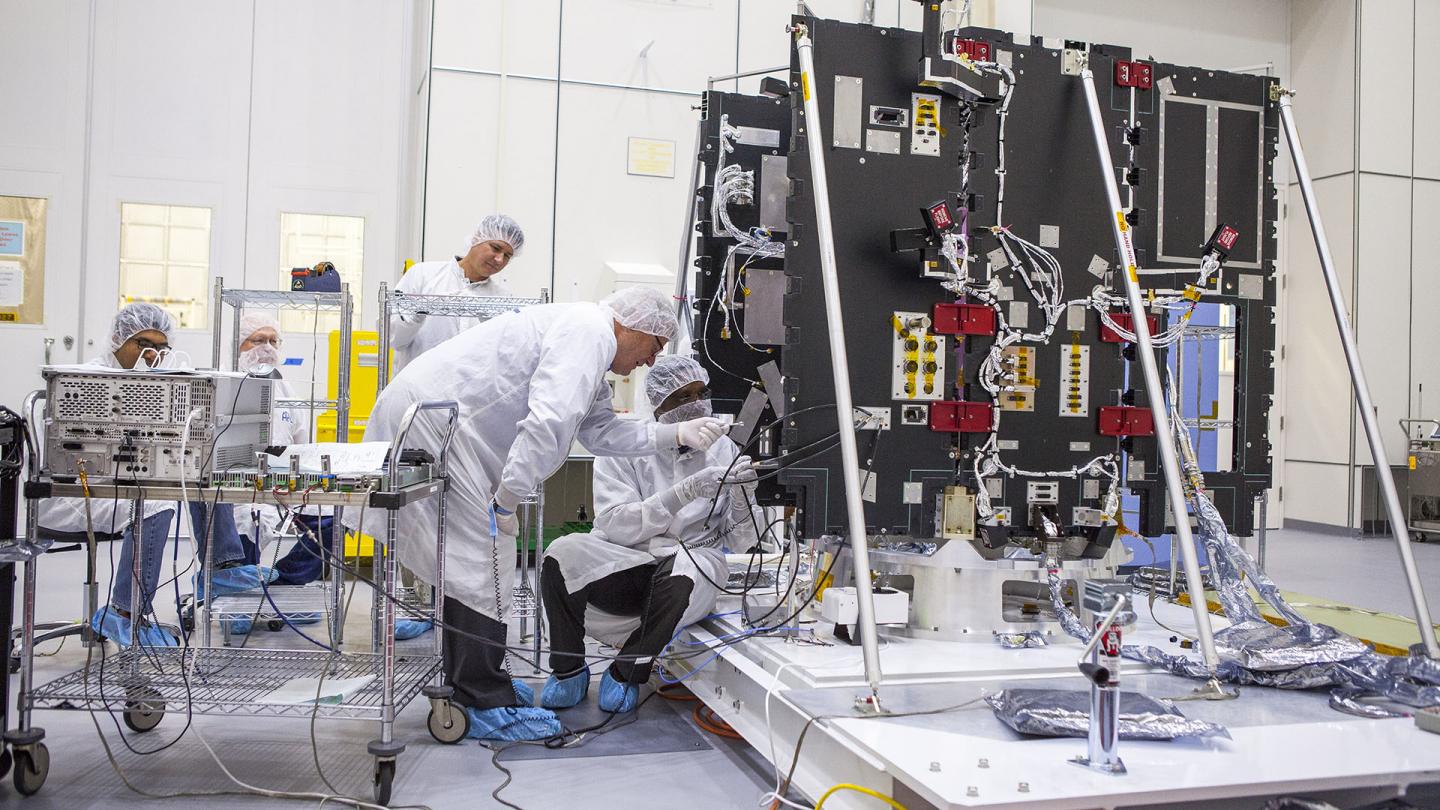
Radio Science Laboratory
A laboratory to build, test, calibrate and deploy surface-based and suborbital radio frequency measuring capabilities.
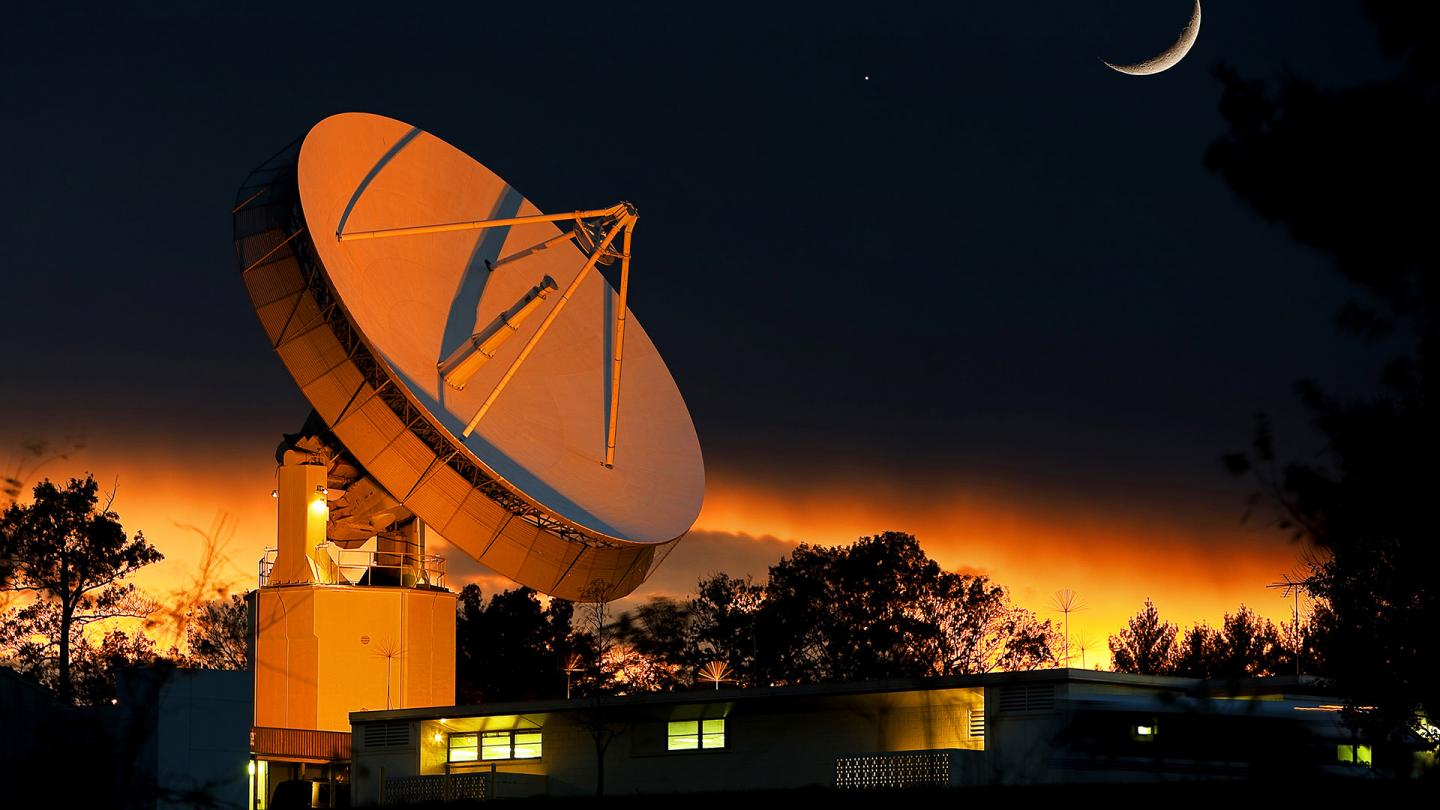
Satellite Communications Facility
A facility to provide commanding, ranging, telemetry and Doppler tracking services for sponsor missions and commercial space activities.
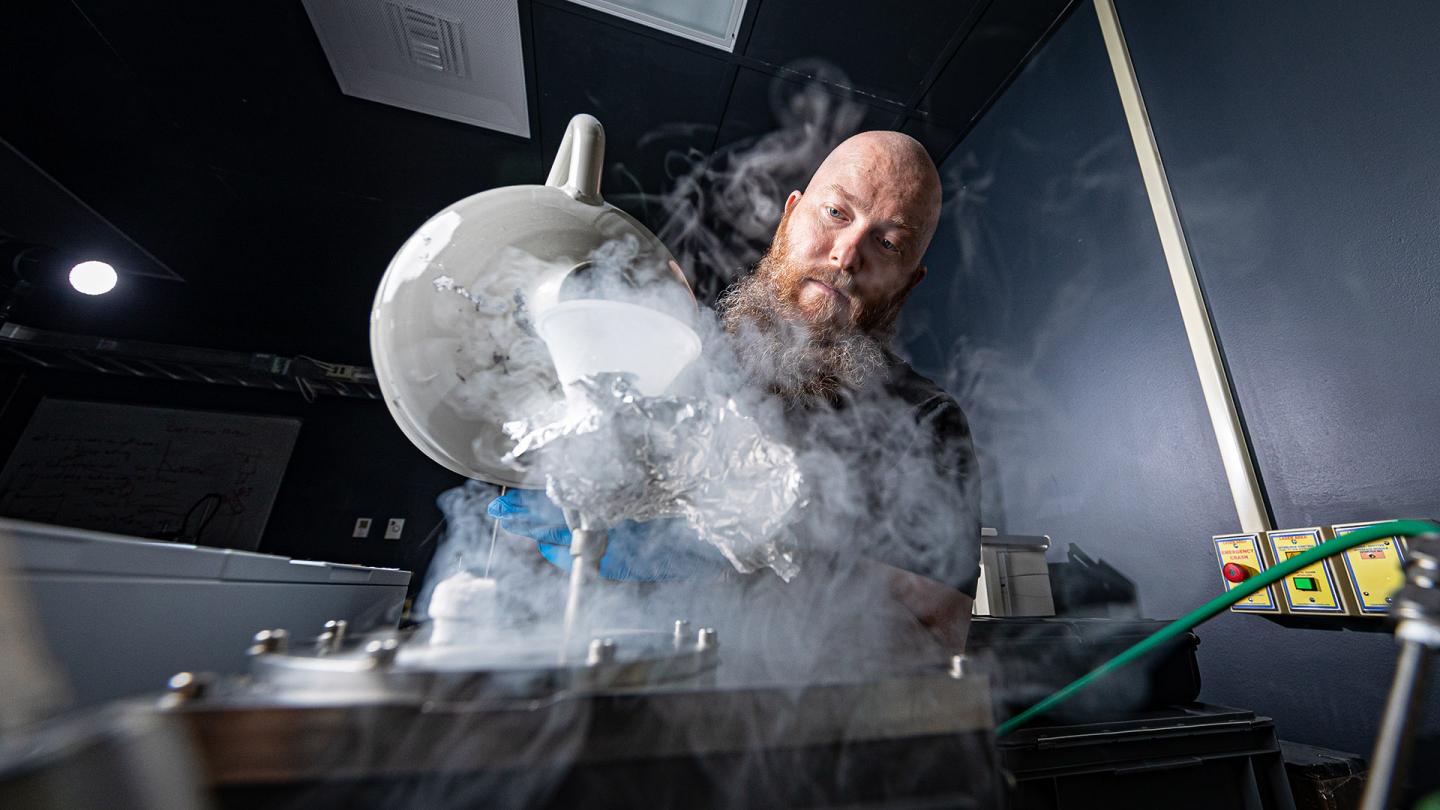
Simulated Airless Body Emission Laboratory
A facility to perform thermal infrared investigations of geologic materials in realistic planetary environments.
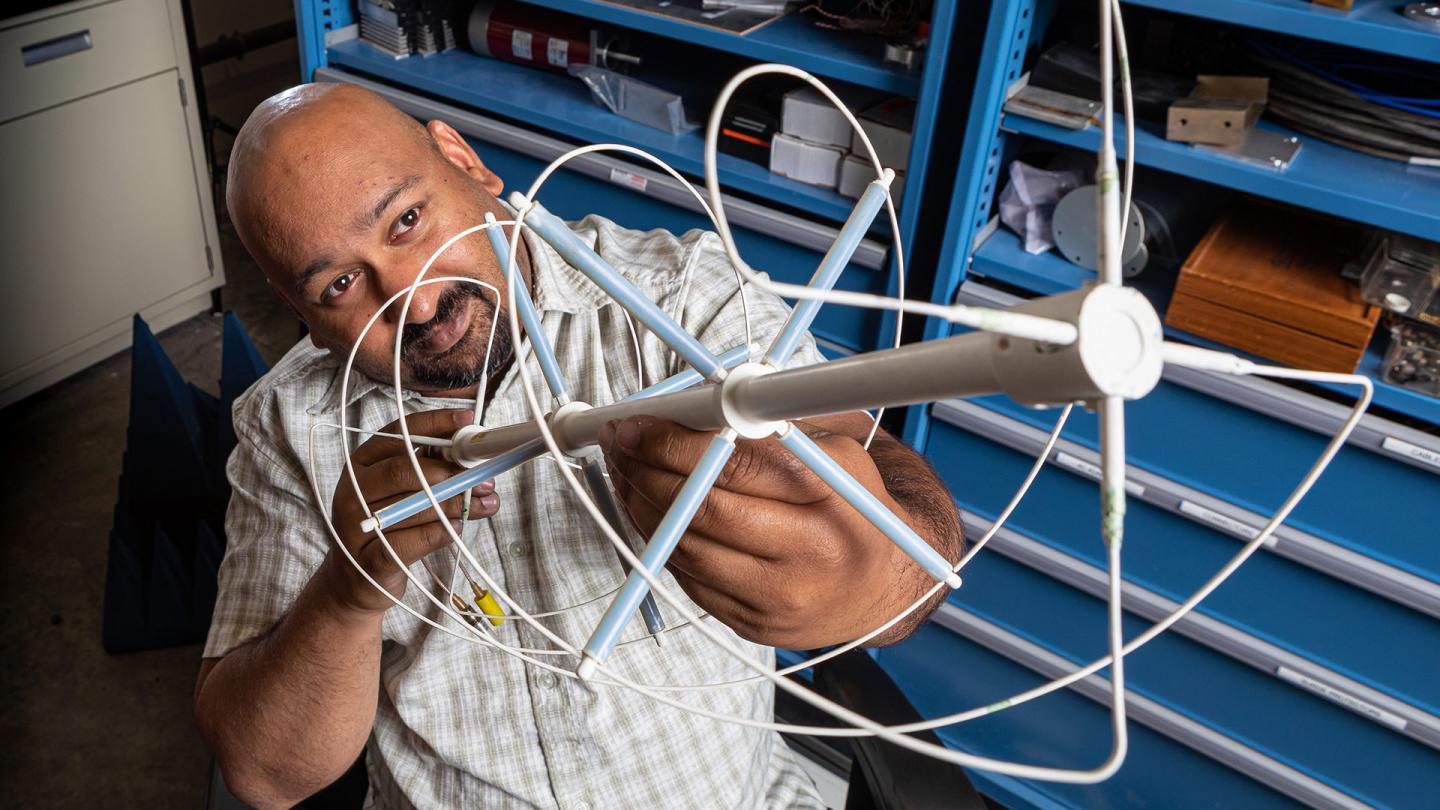
Space Exploration Sector Antenna Test Ranges
Measurement facilities to develop antennas for a variety of space applications and missions.
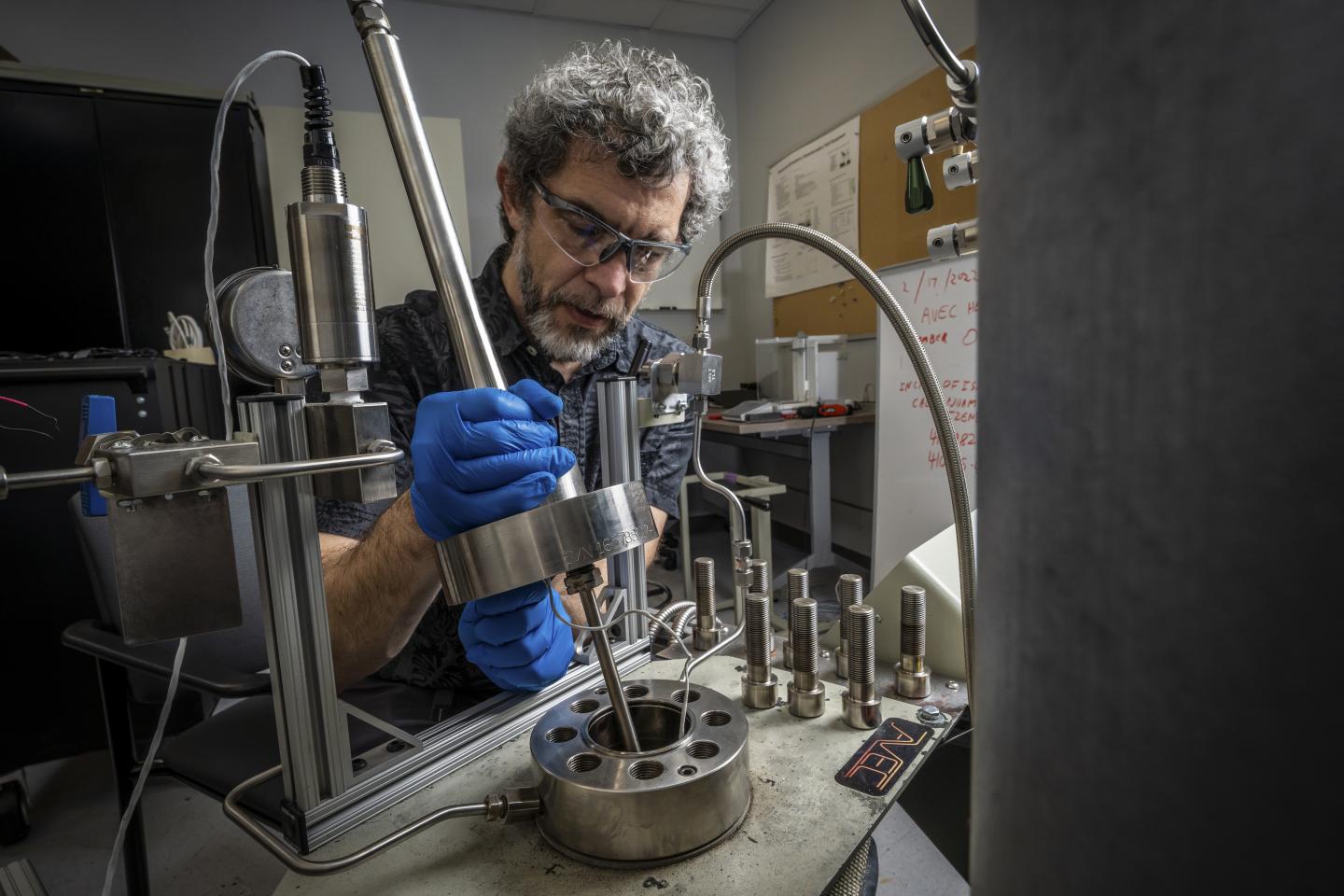
APL Venus Environment Chamber (AVEC)
An environmental chamber for testing materials, sensors and gas-solid samples at Venus-like surface conditions.
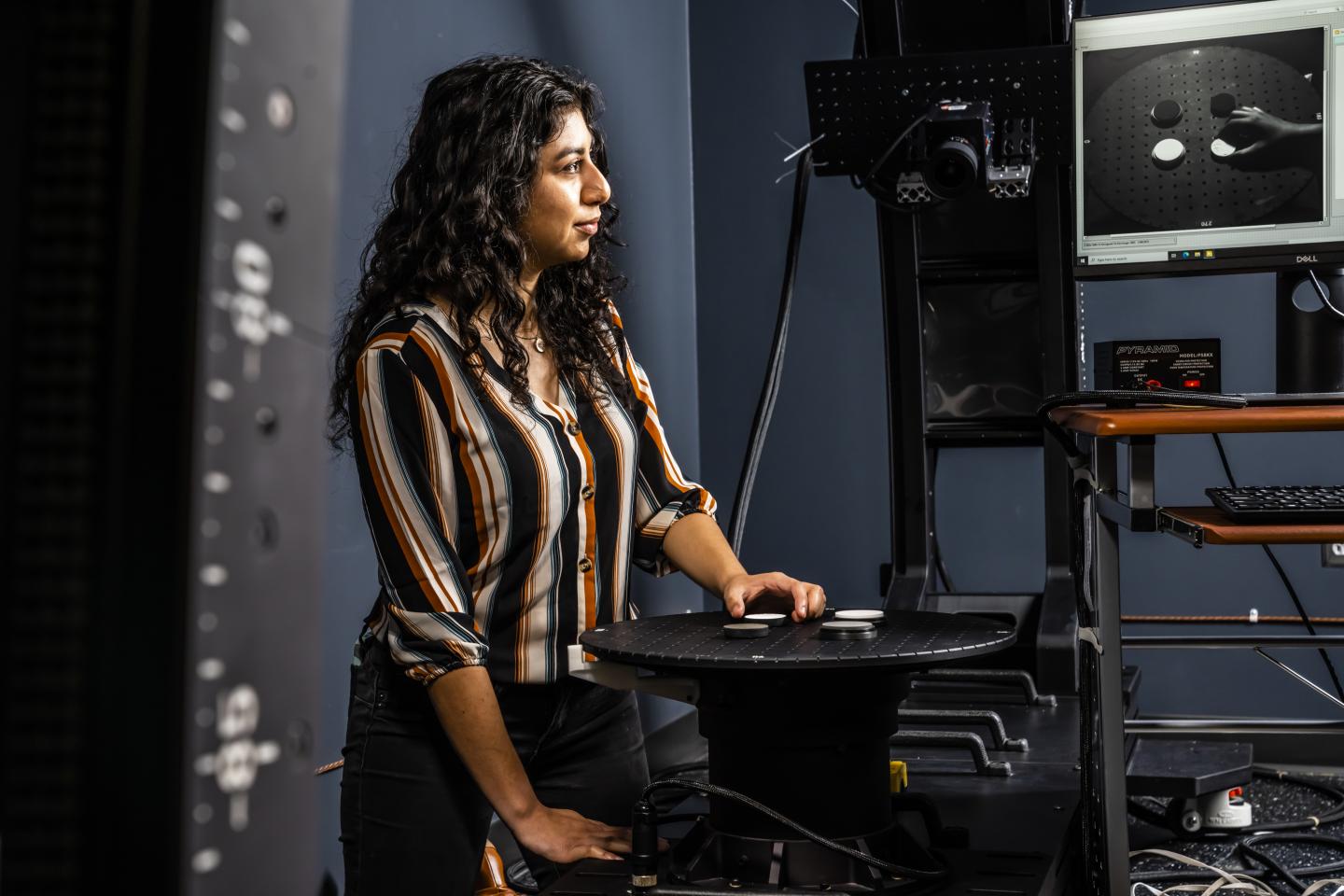
Planetary Surface Texture Laboratory
A facility for simulating and studying the reflectance and polarization characteristics of planetary surface analog materials.
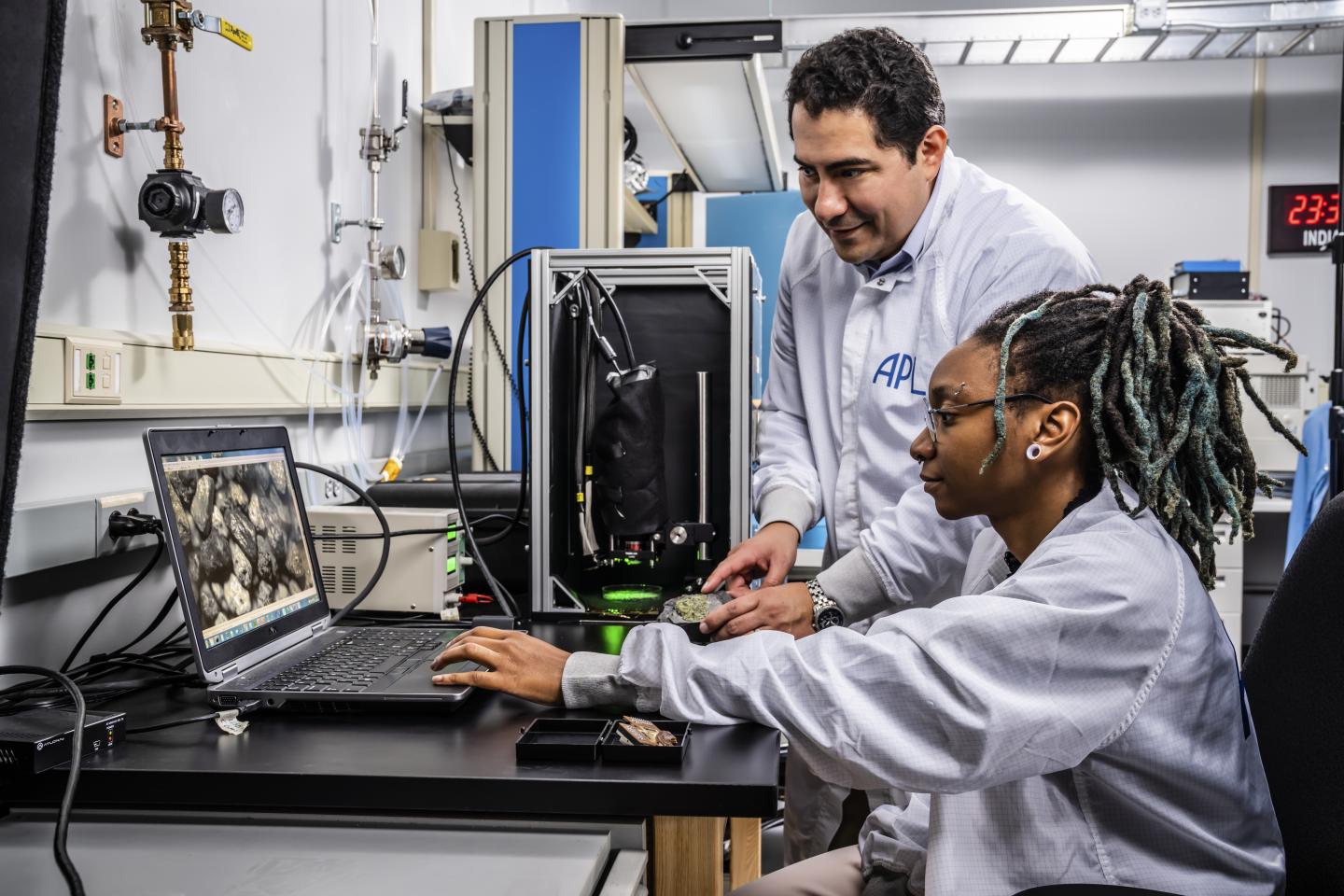
Planetary Exploration Research Laboratory (PERL)
Home to several Laboratory efforts, from fundamental and mission science research, to instrument development and testing, to sample preparation and cryogenic storage.


